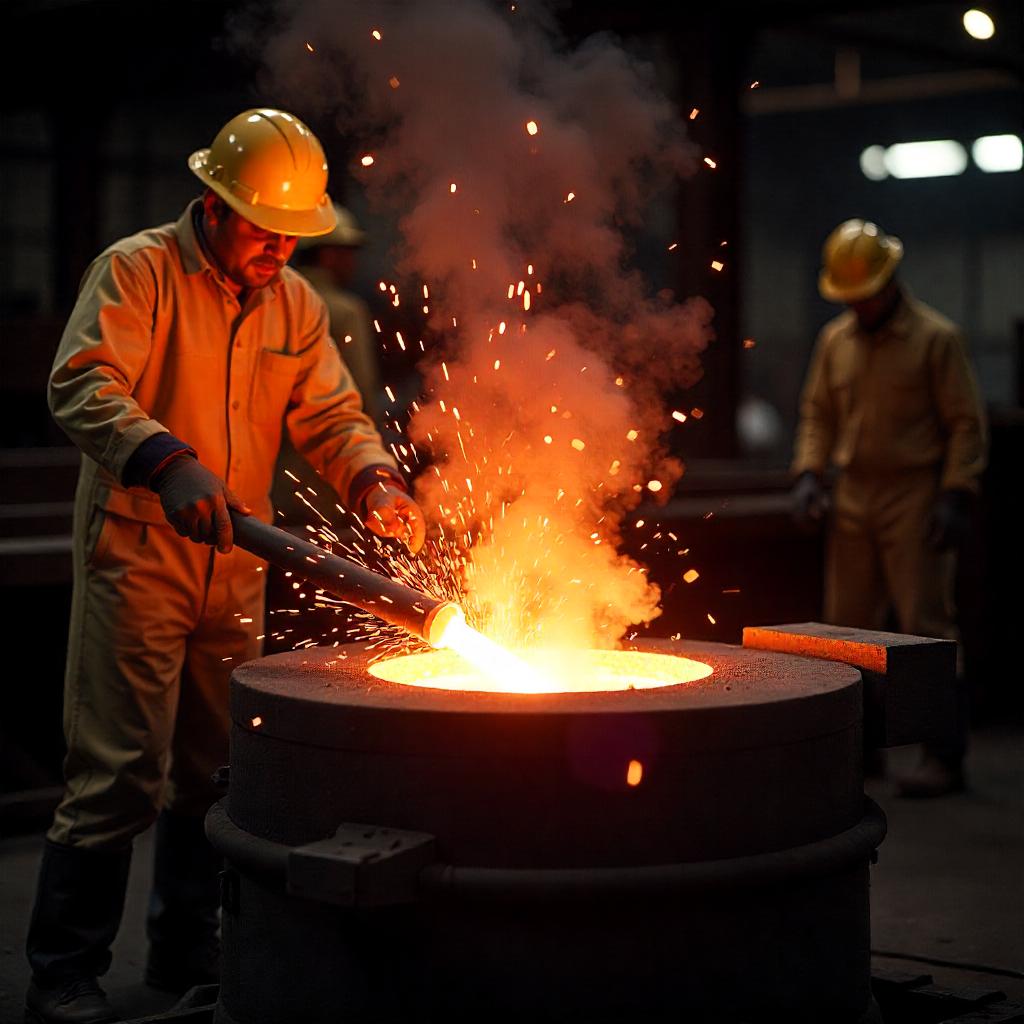Grade 60 vs Grade 40 Steel Bars
Recent Blog
Want to start a project with Us?

When constructing any building—be it residential, commercial, or infrastructure—the strength of steel bars used in reinforced concrete plays a critical role. In Pakistan, Grade 40 and Grade 60 steel bars are widely used in RCC structures. But what exactly is the difference between them? Which one should you choose for your project?
In this blog, Kohsar Steel Industries breaks down the detailed comparison between Grade 60 and Grade 40 steel bars. We’ll explore their mechanical properties, applications, flexibility, and which one is best suited for different types of construction in Pakistan.
Understanding the Basics: What are Steel Grades?
Steel bar grades are classified based on their yield strength, tensile strength, and ductility. In Pakistan, the commonly used grades are:
– Grade 40 (Grade 280)
– Grade 60 (Grade 420)
These grades refer to the minimum yield strength of the steel in kilopounds per square inch (Ksi). Grade 60 has a higher yield strength compared to Grade 40, making it more suitable for high-load bearing structures.
Plain vs. Deformed Steel Bars
Plain bars have smooth surfaces and are rarely used in modern RCC structures due to their lower bonding strength with concrete. Deformed bars have ridges or patterns that provide better grip, making them ideal for construction. Grade 40 and Grade 60 are usually deformed bars, used widely across Pakistan.
Mechanical Properties: Grade 60 vs Grade 40
Grade 60 steel bars provide significantly higher yield and tensile strength compared to Grade 40. This makes them more suitable for critical infrastructure. Grade 40, however, offers better ductility and workability, especially for residential and small-scale construction.
Key differences include:
– Yield Strength: 40,000 psi (Grade 40) vs 60,000 psi (Grade 60)
– Tensile Strength: ~70,000 psi (Grade 40) vs ~90,000 psi (Grade 60)
– Flexibility: Grade 40 is more flexible
– Fatigue Resistance: Higher in Grade 60
– Cost: Grade 40 is more economical
Practical Applications of Grade 40 and Grade 60 Steel Bars
Grade 40: Ideal for single and double-storey homes, boundary walls, rural infrastructure.
Grade 60: Used in high-rise buildings, bridges, industrial structures, and earthquake-prone zones.
Choosing the Right Grade for Your Project
Use Grade 40 for:
– Homes with 1-2 floors
– Non-load bearing walls
– Small structures
Use Grade 60 for:
– High-rise buildings
– Load-bearing columns and beams
– Projects in seismic zones
Why Quality Matters – Buy from Trusted Suppliers
At Kohsar Steel Industries, we provide PSQCA-certified deformed steel bars, maintaining strict standards. Our products ensure strong bonding, corrosion resistance, and consistent tensile strength.
Conclusion
Grade 60 vs Grade 40 steel bars is not just a comparison of numbers—it’s a guide to choosing the right material for safety, longevity, and performance. Choose based on the scale, load, and design of your project.
FAQs
Can I mix Grade 40 and Grade 60 steel bars in the same project?
Yes, but only under structural supervision where load justification exists
Which steel grade is better for earthquake zones?
Grade 60 due to higher strength and fatigue resistance.
Are deformed bars better than plain bars?
. Yes, deformed bars offer superior bonding and load transfer.